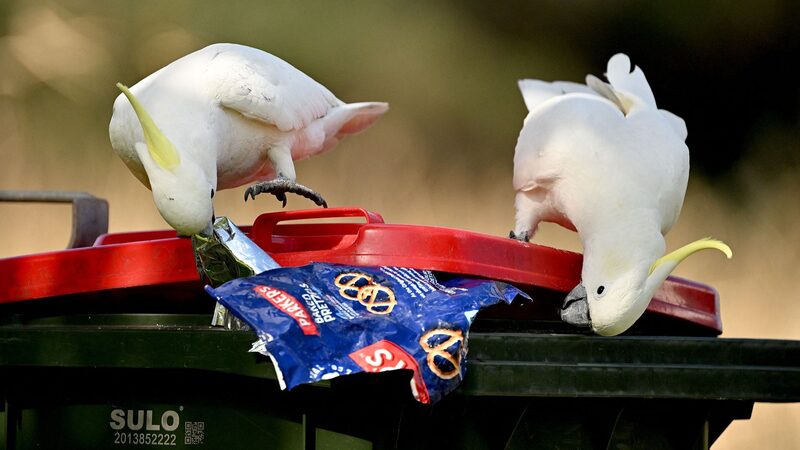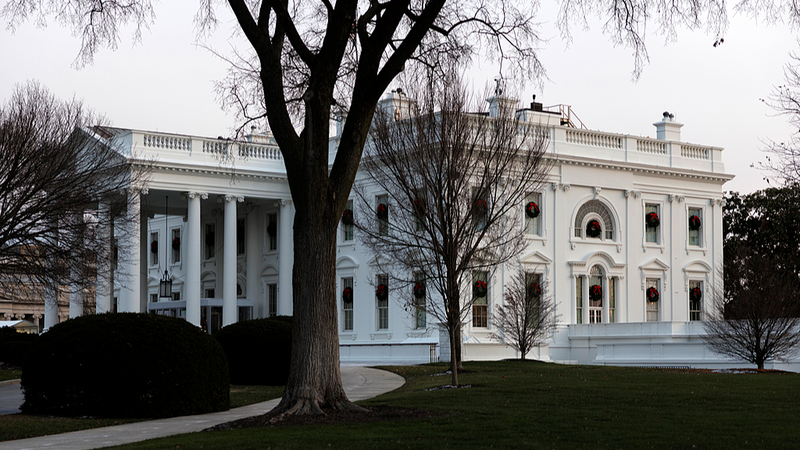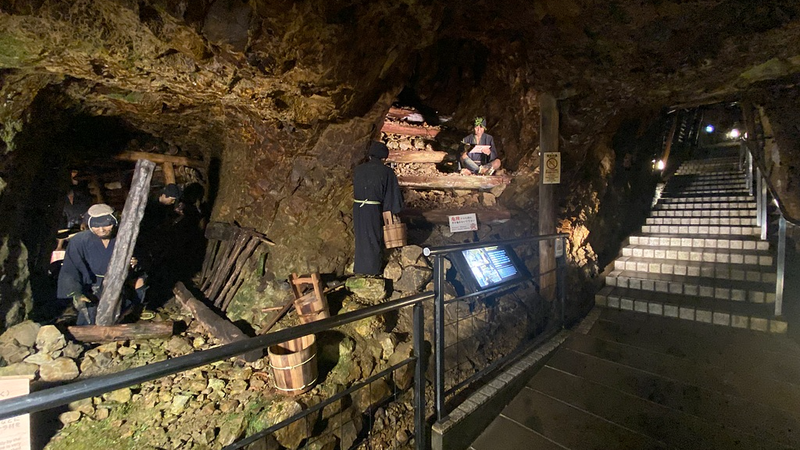🌊 Imagine spotting plastic waste on beaches from space! 🚀 Australian researchers have just made that a reality. The team from RMIT University in Melbourne developed a groundbreaking tool called the Beached Plastic Debris Index (BPDI), published in the Marine Pollution Bulletin this Thursday.
Using satellite images, BPDI can identify plastic waste on shorelines by analyzing how it reflects light differently from sand and water. While existing satellite tech can track plastic floating in the ocean, detecting it on beaches has been like finding a needle in a haystack. 🧐
The secret weapon? The high-definition data from the WorldView-3 satellite, orbiting Earth at a cool 617 kilometers above ground. 🌍📡 This allows the BPDI to distinguish plastic from natural beach elements with impressive accuracy.
To put BPDI to the test, the researchers placed 14 plastic targets—each about the size of a beach towel 🏖️—on a beach in Victoria, Australia. These targets represented various types of plastics and were even smaller than the satellite's pixel size! The result? BPDI not only detected the plastics but also outperformed other detection methods, even in tricky conditions with shadows and water.
Lead researcher Jenna Guffogg, PhD, highlighted the importance of this tool: \"Plastic on beaches can be harmful to wildlife, as animals often mistake it for food or become entangled.\" 🐢💔 She added, \"Remote island beaches have some of the highest plastic densities in the world, and we're seeing more plastic waste on the remote shorelines of northern Australia.\"
Without timely cleanup, this plastic can break down into micro and nano plastics, causing even more harm to our precious ecosystems. 🌿🌊 The BPDI could be a game-changer in global efforts to keep our coastlines clean and protect marine life. 🌎💚
So next time you hit the beach, remember there's an eye in the sky helping to keep those shores pristine! 🛰️✌️
Reference(s):
cgtn.com



